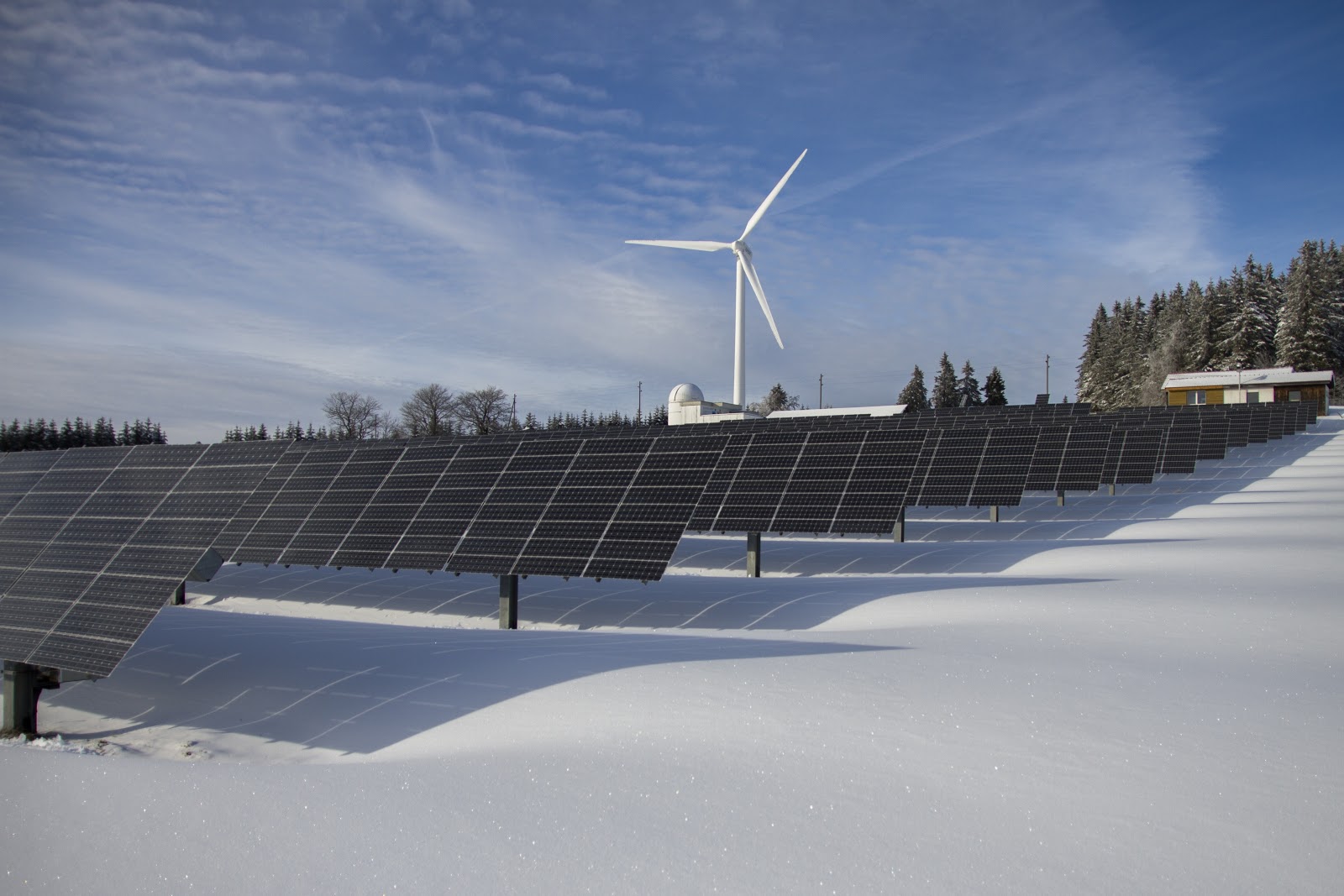Modern thin-film technology experiments sustainable components for solar panels
According to new observation, a significant hurdle has been overcome in the search for low-cost environment-friendly solar energy.
Scientists identify a novel method to create efficient alloy-based solar panels free of toxic metals Commercialized thin-film solar panels on the market consist of rare-earth elements like indium and gallium, or highly toxic metals like cadmium.
From this example, both of these thin-film solar panel types have their own problems, such as high-cost and problems in use in living places.
Now, they have published the findings of their latest study in Advanced Energy Materials. Dr Kang elaborates on the reasons based on which they chose their materials for the study:
"Thin-film solar cells using bronze (Cu-Sn) and brass (Cu-Zn) as base materials are composed of non-toxic earth-abundant materials, and have been studied worldwide because of their low cost, high durability, and sustainability."
This is because of the formation of various defects in the materials, such as "point" defect, "surface" defect, and "volume" defect, during "annealing". These defects undermine the current flow, resulting in loss of electricity generated.
However, using these alloys in thin film technology has its own drawbacks. While the theoretical efficiency of these panels matches the efficiencies of top market products, in practice, they tend to underperform drastically.
Therefore, the scientists wanted to find a way to synthesize the best quality CZTSSe (copper, zinc, tin, sulfur, and selenium) thin films.
They played around with the annealing profile, which has a strong effect on the grain size of CZTSSe thin film: the longer the annealing time and higher annealing temperature, the larger the grains, and the lesser the electricity loss.
The experiments show as the annealing temperature and time increase, there is a change in the properties of the CZTSSe thin film due to decomposition.
To bypass this issue, the team used a special "liquid-assisted method," which allowed the grains of CZTSSe to grow at a faster rate. This meant that the grains could grow large even at low temperatures, preventing the change in the properties of the CZTSSe thin film.
Conclusion:
Dr Kim concludes, "Our technology has diverse applications, including in electronic devices, household goods, buildings, and vehicles. The best part is that CZTS solar cells are free of the current drawbacks of toxic and rare metals. We can install everywhere we want!"
For Your Suggestions, Comments Below.










No comments:
if you have any doubt, let me know